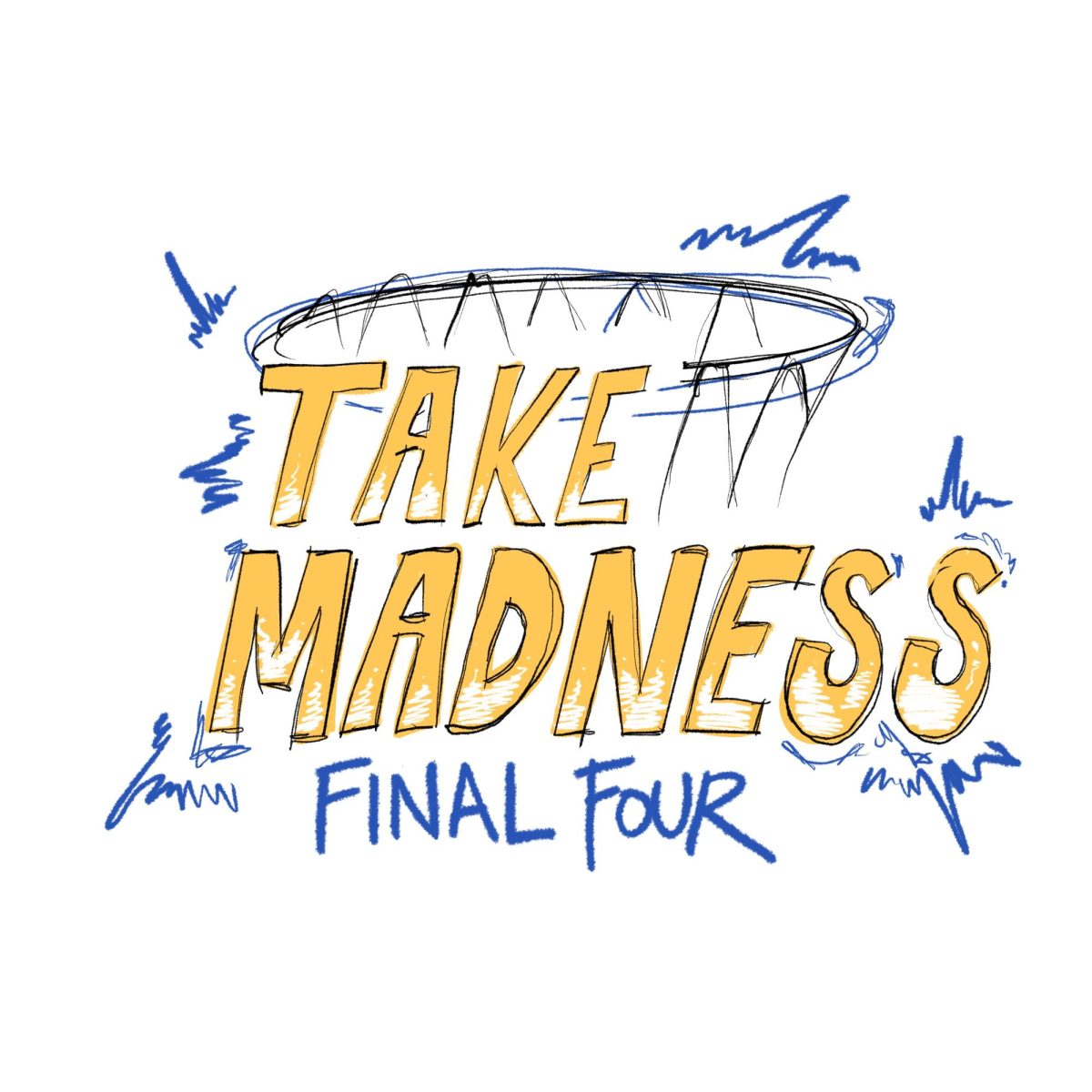Tybout: Rourke’s career fascinating to trace
April 19, 2010
There’s one man, and one man only, who I’ll be rooting for when I watch the… There’s one man, and one man only, who I’ll be rooting for when I watch the upcoming “Iron Man 2,” and it isn’t the one in red armor — it’s the villain. Or, more specifically, the actor in the villain’s suit.
Mickey Rourke, known best to my generation as haggard Randy “the Ram” from “The Wrestler” (2008) and the grizzled anti-hero Marv in “Sin City” (2005), has endured a career dip and resurgence so remarkable it’s a superhuman feat in itself.
At the beginning of his career Rourke moved to New York City to study acting because, as he told The New York Times,
“I liked that you could escape who you were and be someone else, someone smarter, tougher.”
And for a time, he got exactly what he wanted — after landing a part in Steven Spielberg’s “1941” (1979), Rourke became a Hollywood sex symbol — a brawling, seductive anti-hero hailed by critics for his roles in “Diner” (1982) and “Body Heat” (1981). Although you wouldn’t know it now, the man was more a soft-faced ladies’ magnet than a hardened anti-hero.
But by the time the ’90s kicked in, Rourke had begun to slip into mediocre roles — landing more duds than scene-stealers. Not only that, he allegedly turned down parts in classics like “Pulp Fiction” (1994), “Tombstone” (1993) and “The Silence of the Lambs” (1991).
Perhaps in an effort to retain his status as someone “tougher” Rourke decided to largely forgo acting for a career in boxing. Only, “career” might be too generous a term — during this dark recess, Rourke’s performances in the ring were met with media scorn. In 1994, World Boxing magazine asked, “Mickey Rourke: Acting Like a Boxer … or Boxing Like an Actor?”
Still, Rourke seemed, at least on the surface, content. In an interview with the UK TV series “The Word,” he declared, amidst characteristic smack-talk, “I do what I want to do, whether it’s off the wall or not.”
That, at least, was inarguable. But during the early ’90s both movie and boxing fans alike derided the once-respected performer. Caught in this self-imposed quagmire, Rourke decided to once again throw his fate to Hollywood. It worked — sort of. Francis Ford Coppola gave him a small part in “The Rainmaker” (1997), but until 2008, he continued to toil in relative obscurity.
And then came “The Wrestler.” If you haven’t seen this movie, watch it. If you’ve already seen it, watch it again. If you’re an aspiring actor, take notes. This is perhaps the most authentic portrait of a broken spirit in recent cinema history.
Rourke’s character, Randy the Ram Robinson, was a man weathered by time — his voice lower by degrees, his face encrusted with wrinkles. He was, by any standard, a has-been — forgotten by the ring and his fans. In other words, Rourke played himself.
Unlike Randy, however, Rourke’s career underwent a subsequent rejuvenation as critics unanimously hailed his performance as a tour de force. Now, after multiple identity shifts, Rourke can best be described as a tough-talking elder, an impassioned dog enthusiast and, most importantly, a respected actor with a buoyant career.
Still, it probably took a harrowing fall like that of his ’90s boxing fling to successfully portray the characters he does now: crusty, weary has-beens — inhabiting the current crop of Clint Eastwood characters better than the man himself.
This is, in the end, Rourke’s ultimate strength: experience. He’s been there. He’s suffered indignities and losses other actors must only emulate. He’s become smarter. He’s become tougher. And it’s made him, for a lack of a better word, real.
This isn’t to say Rourke can’t relapse into more mediocre roles, or suffer some renewed outburst of embitterment. But for now audiences may glimpse what’s now a rare thing in Hollywood: an actor being himself.


